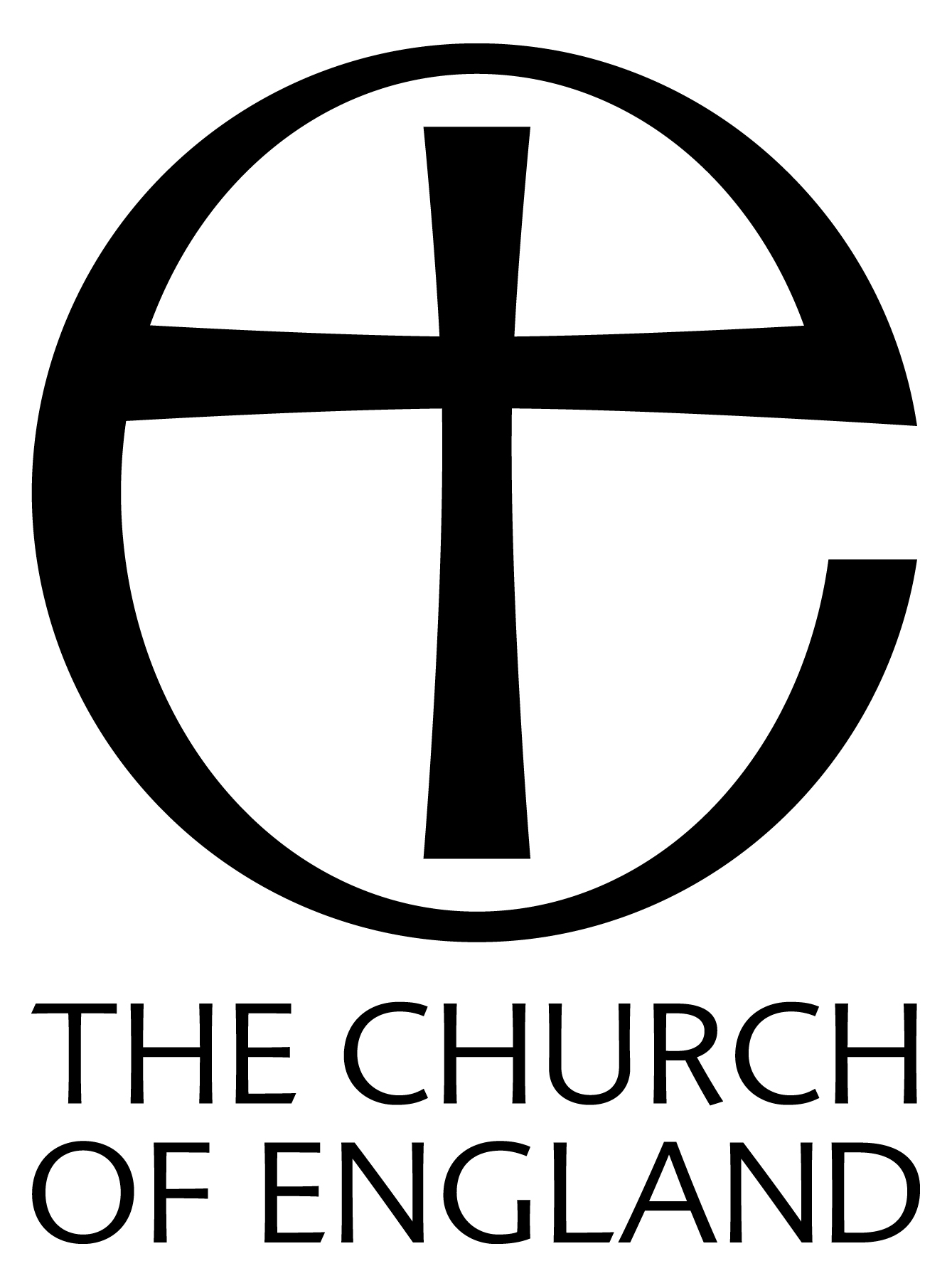Reproduced from
DRYPOOL -
Being a History of the Ancient
Parish of Drypool cum Southcoates
by M. Edward Ingram (1959)
by M. Edward Ingram (1959)
| < < < | > > > |
|
The old parish church was closed in 1822, and work on its demolition commenced on 15th April of that year. The last sermon preached in it was by the curate, Reverend Richard Moxon, on the text I Peter 7, " But the end of all things is at hand." During the rebuilding the services were maintained in the Charterhouse Chapel, and they were held there for sixty Sundays. Before we discuss the rebuilding, however, it will be as well to try to sketch in the religious background of the district at that time. The great movement of the eighteenth century was what has come to be known as the Evangelical Revival. Working through the Church and the parochial system, the aim of its adherents was to preach the pure Gospel to those who were starved of it, or had to be content with the dry-as-dust morality of the age. Whilst the Evangelicals held many similar views to the Methodists, they disliked Wesley's itinerant |
The eighteenth century had a healthy dislike of "Enthusiasm." A generation which had enjoyed the " Rule of the Saints" during the decade when the King and Episcopacy were abolished had no wish to repeat the experiment, and had implanted this dislike in the minds of its children. Enthusiasm was expressive of certain modes of thought and diction, and was used as a term of approbrium, and as a " misconceit of inspiration." It was felt that the mystic and particularly the emotional qualities of the enthusiasts were antagonistic to the spirit of the times. Sometimes the Evangelicals themselves were misunderstood and misconstrued as Enthusiasts, and it is important to distinguish between the responsible, soberminded and intellectual members of both the Evangelical and the Methodist parties and those who were less enlightened and whose excesses were to be condemned. The Evangelicals too must not be confused with the Puritans. With them they shared strictness of life, abhorrance of amusement, particularly the theatre, and a fondness for scriptural phraseology. Unlike the Puritans, although some members of the party worked for reforms through Parliament, they never formed a political party. Though strict in the way in which they lived, they were not gloomy or austere, but often bright and genial, delighting in good food and wine, and, above all, in conversation, as Morgan Forster has shown in his biography, " Marianne Thornton." They appealed to scripture, and whilst they had a high regard for the Church it was the Church of the Reformation rather than the Primitive Church to which they looked. Celebrations of the Holy |

|
|

|
|